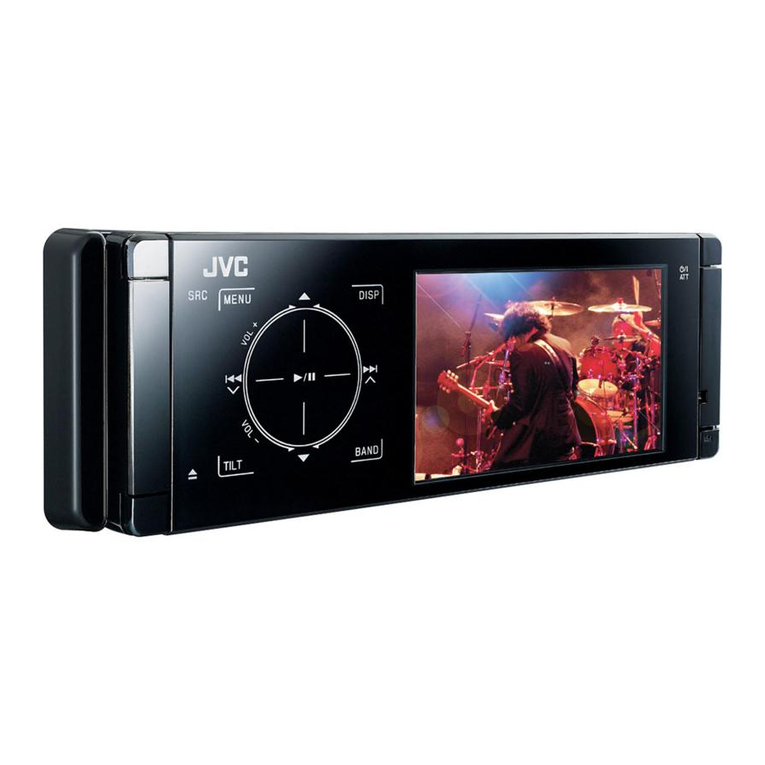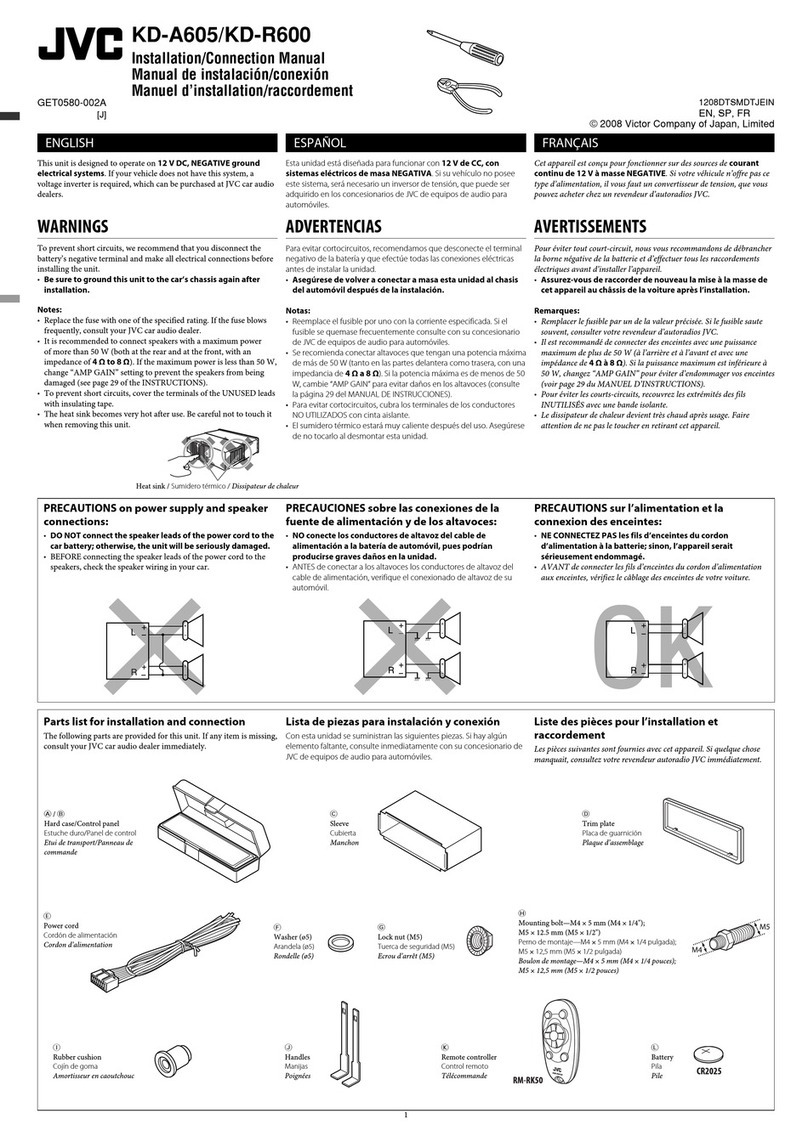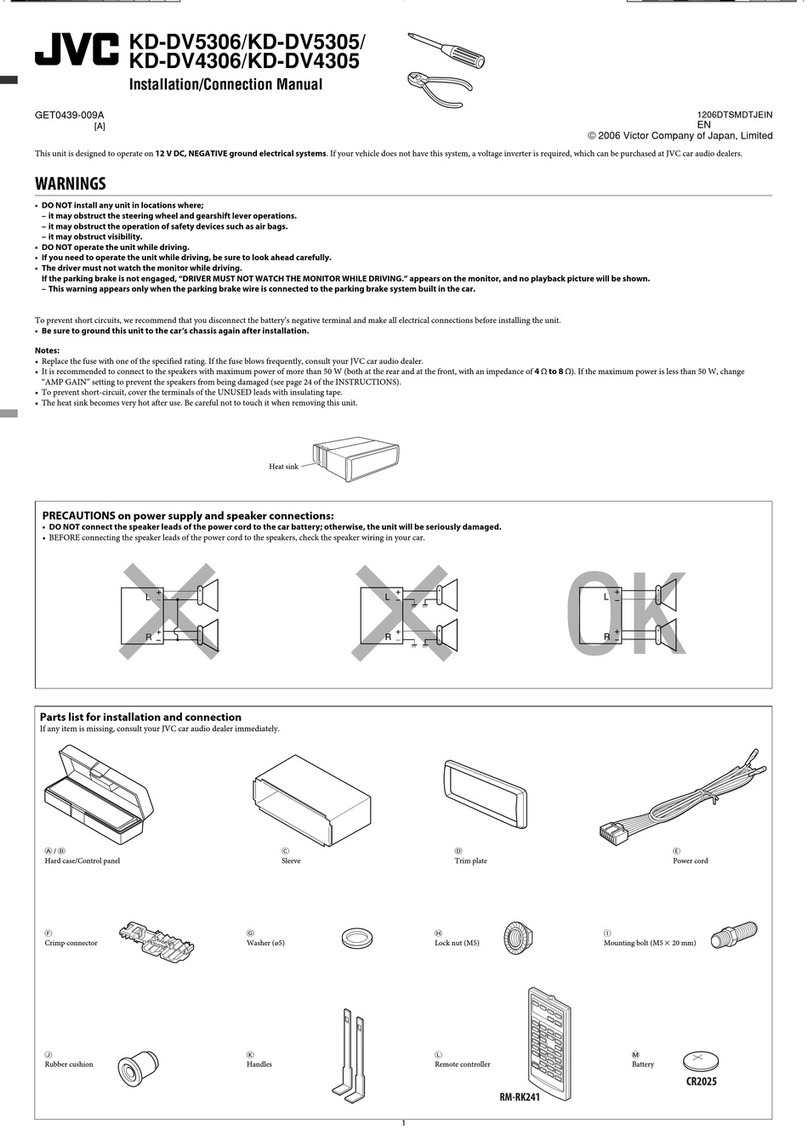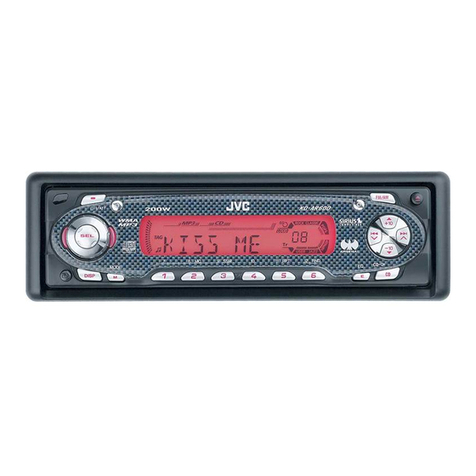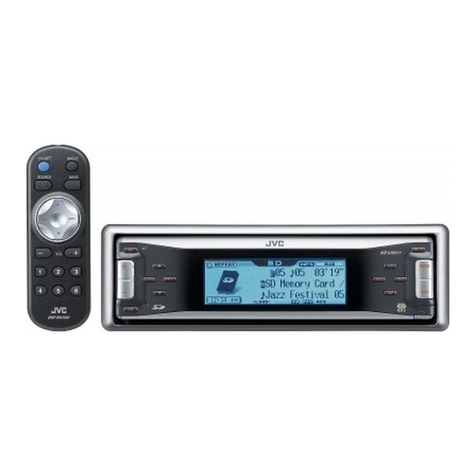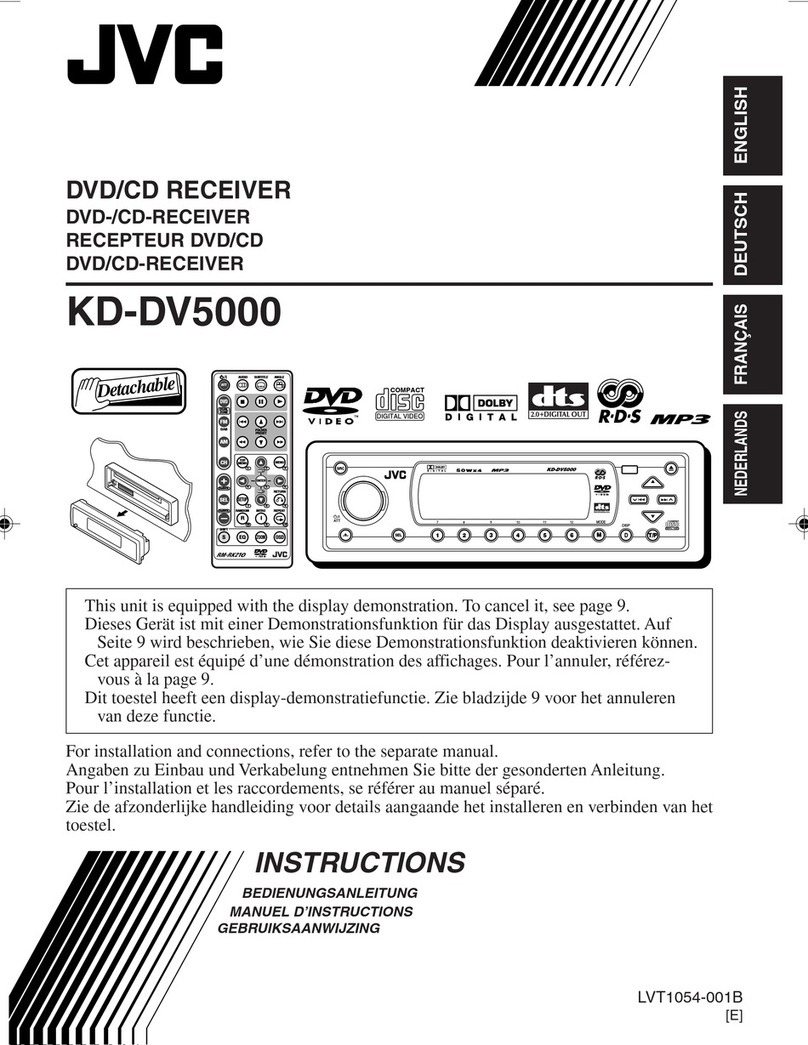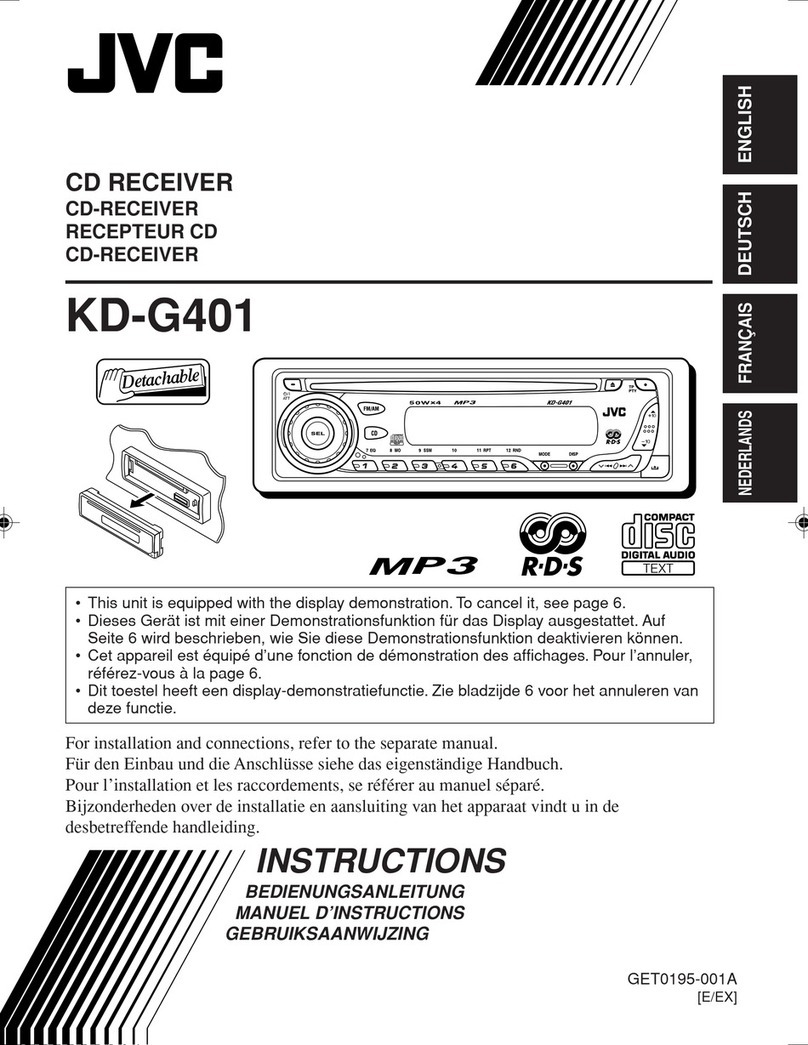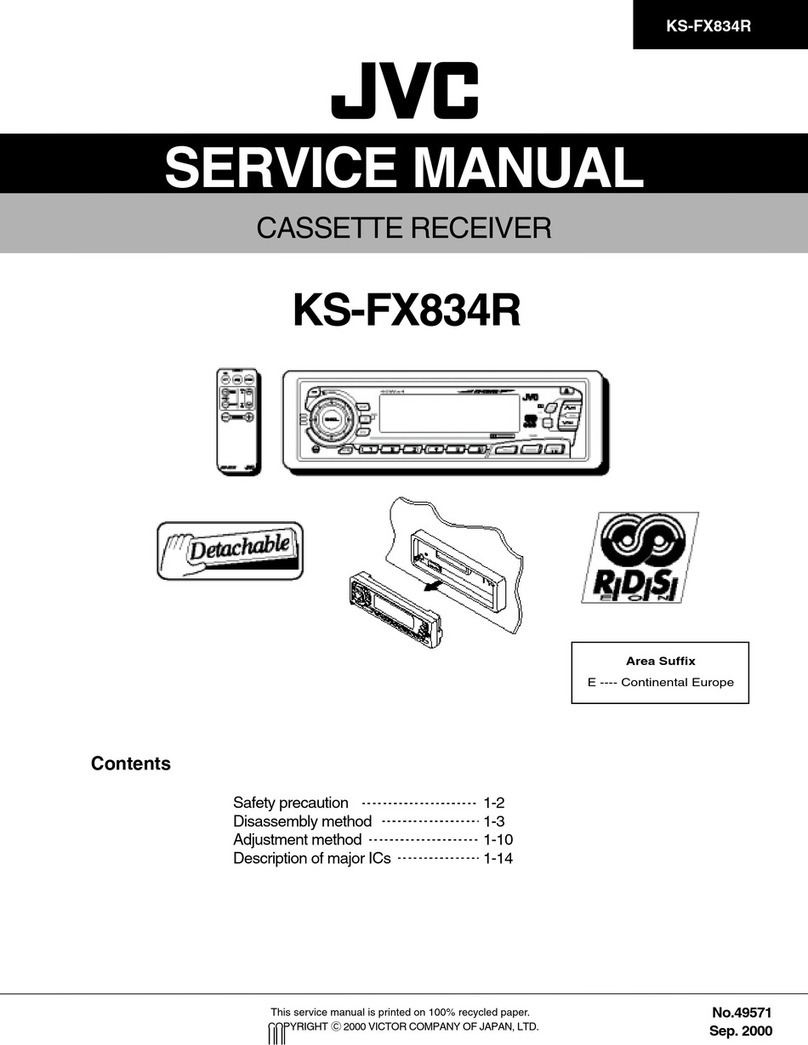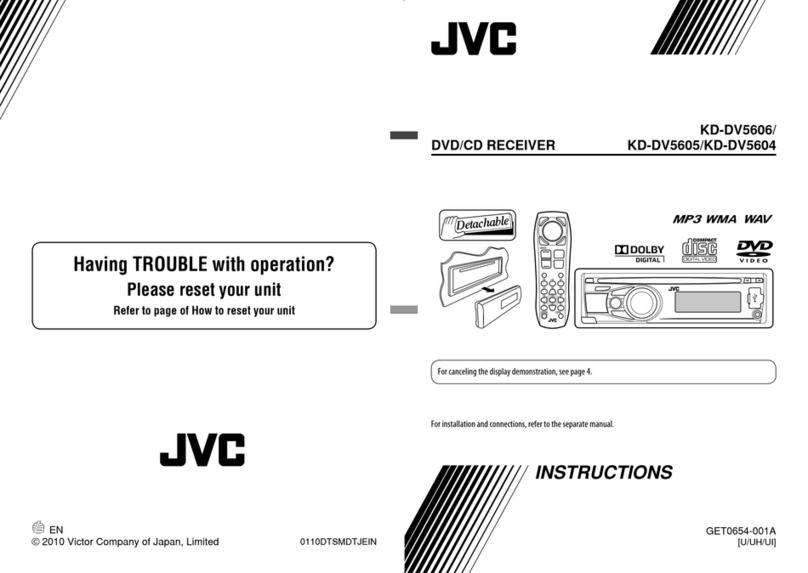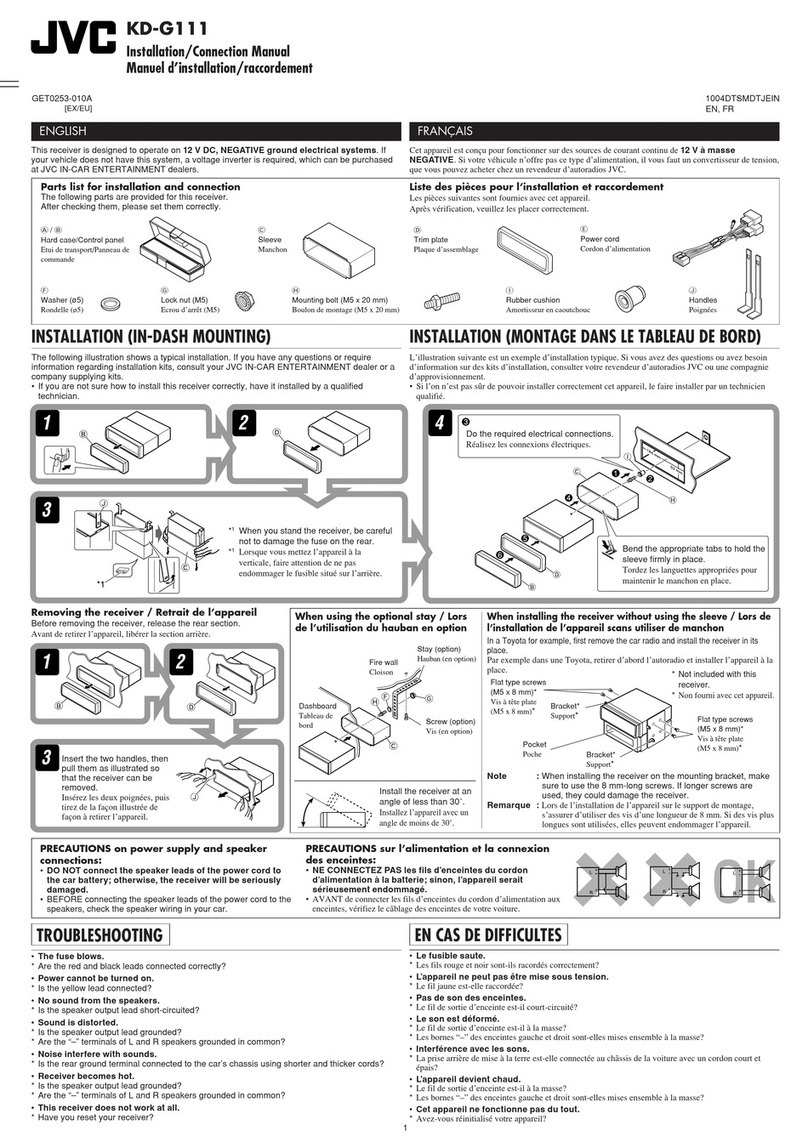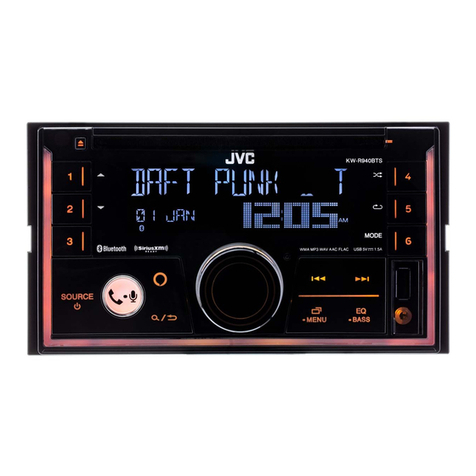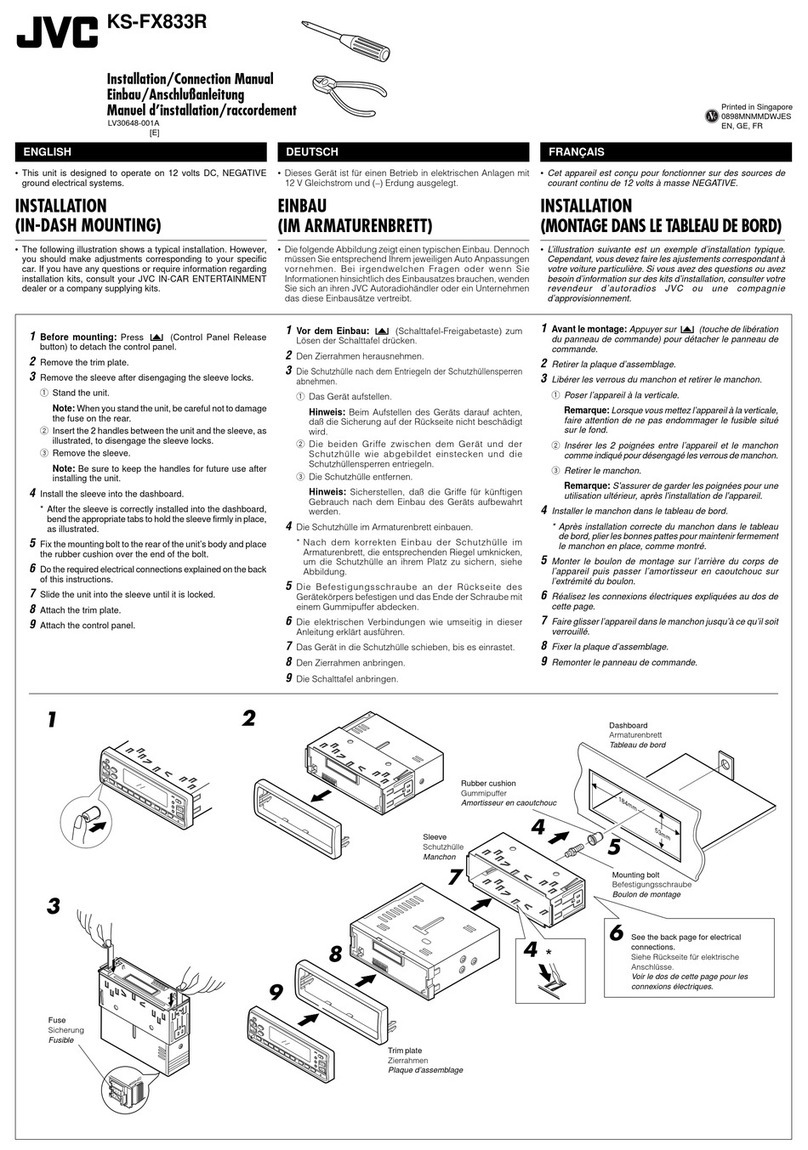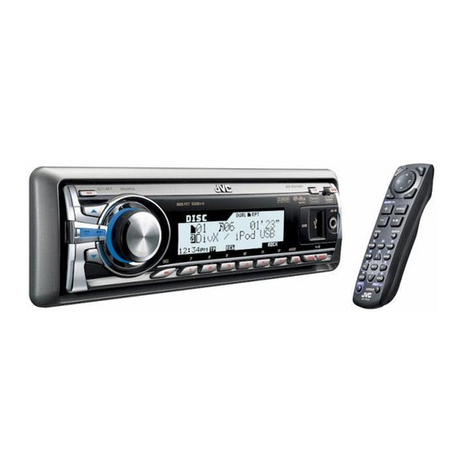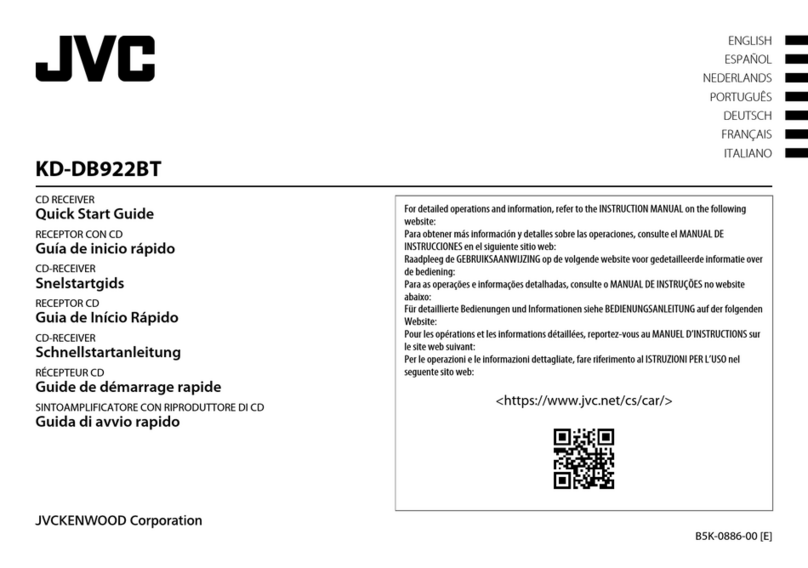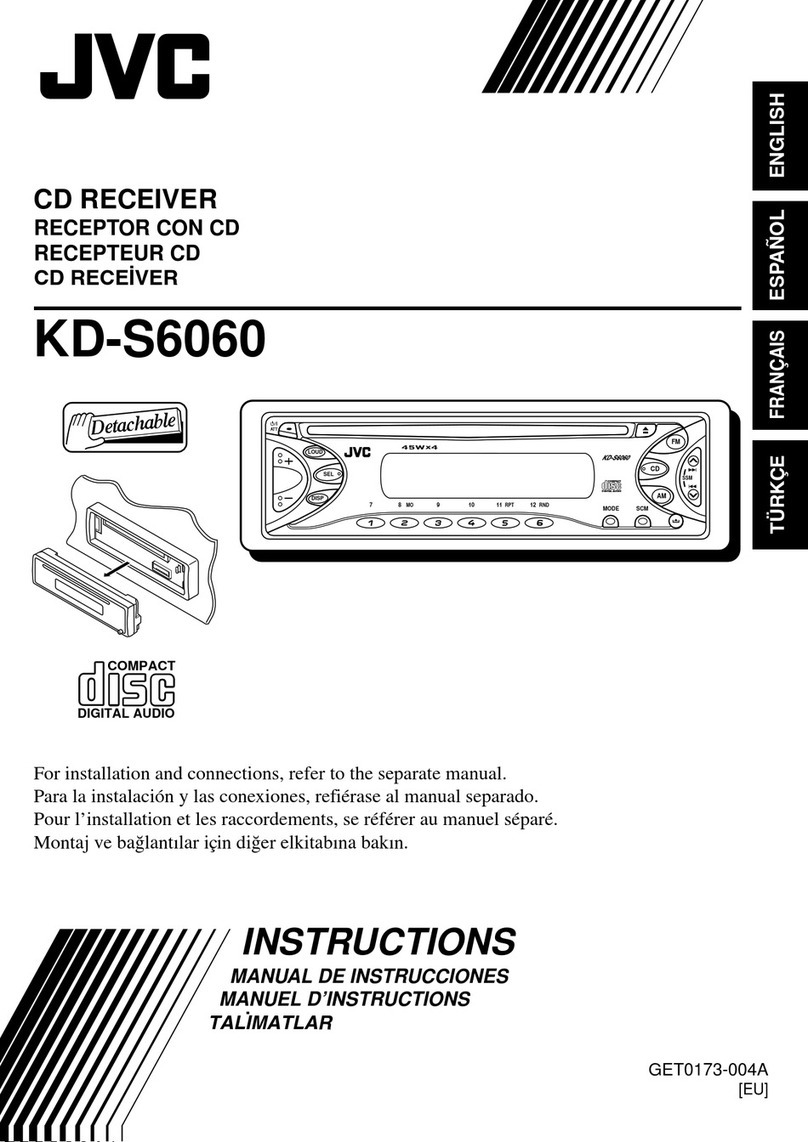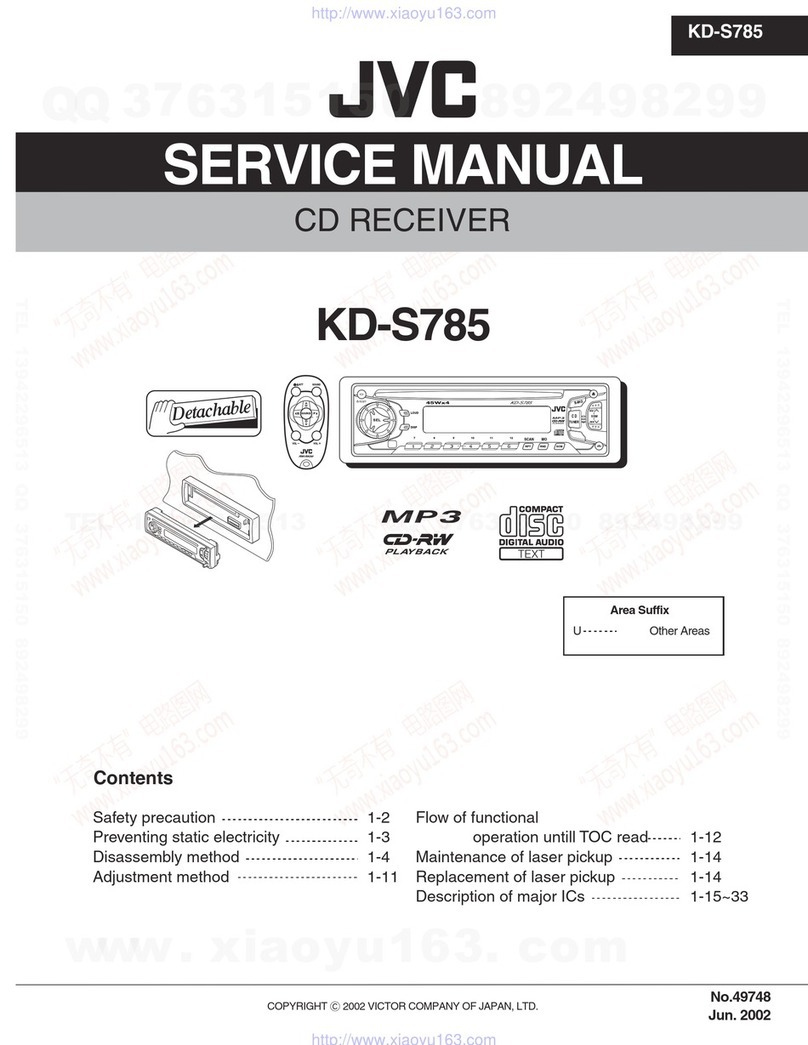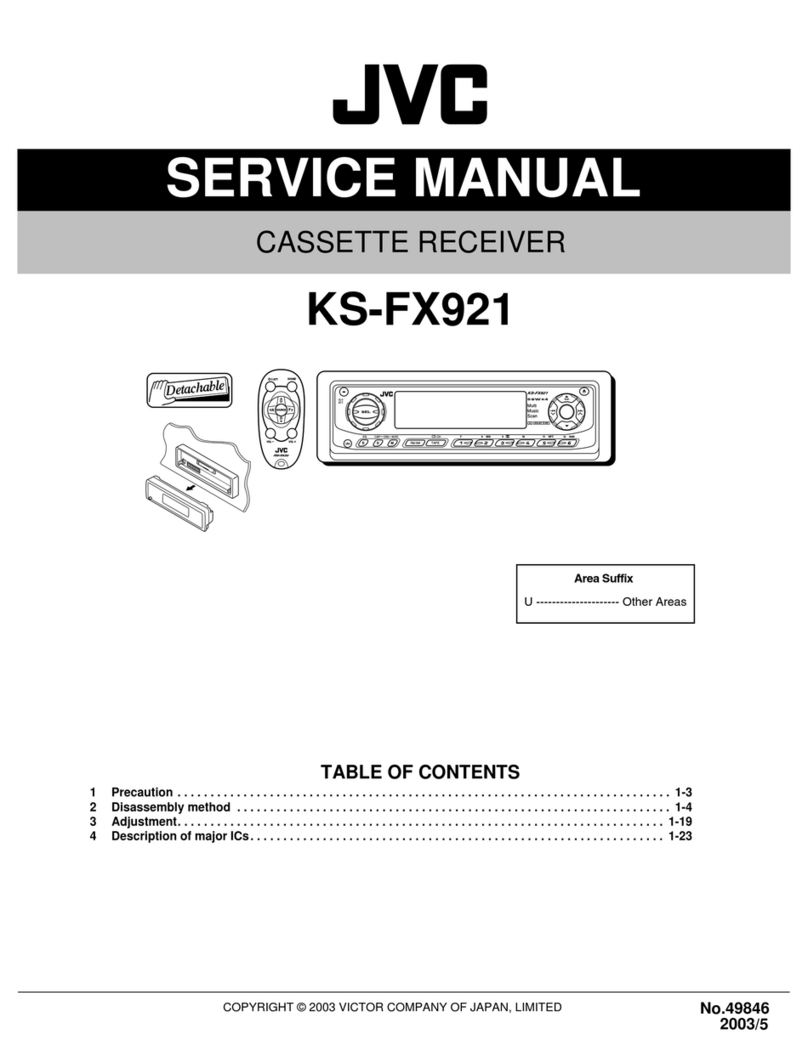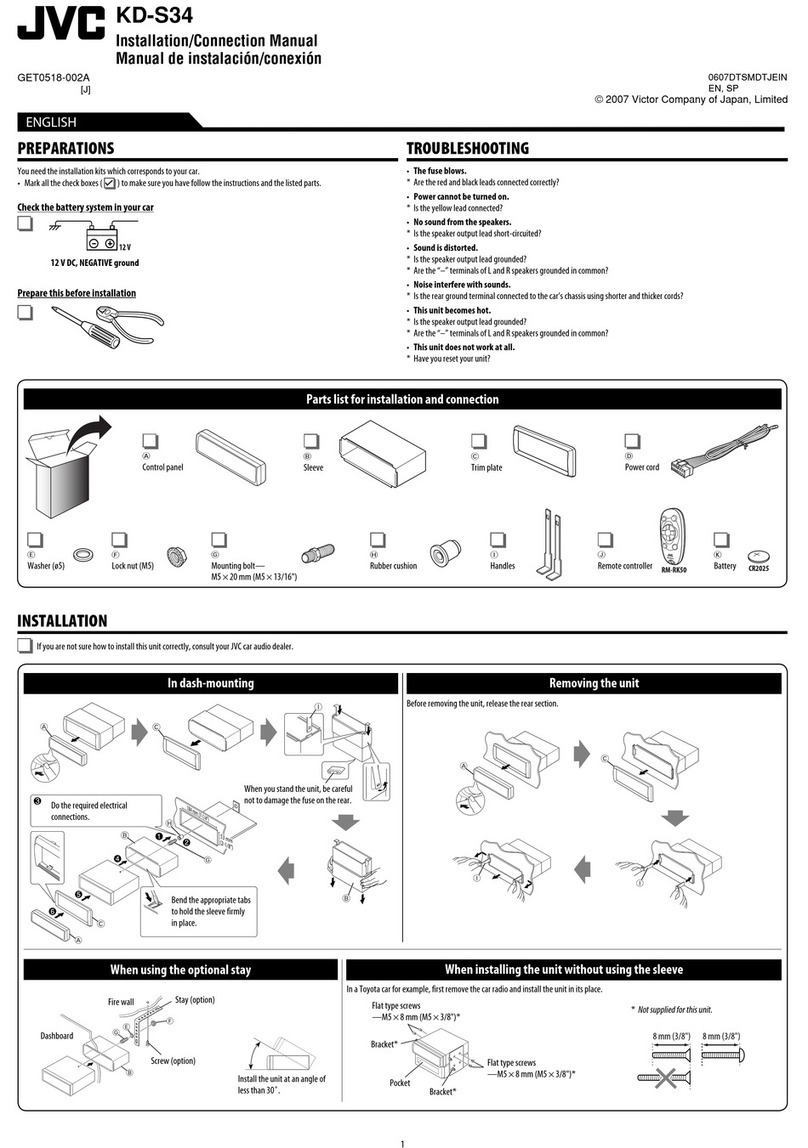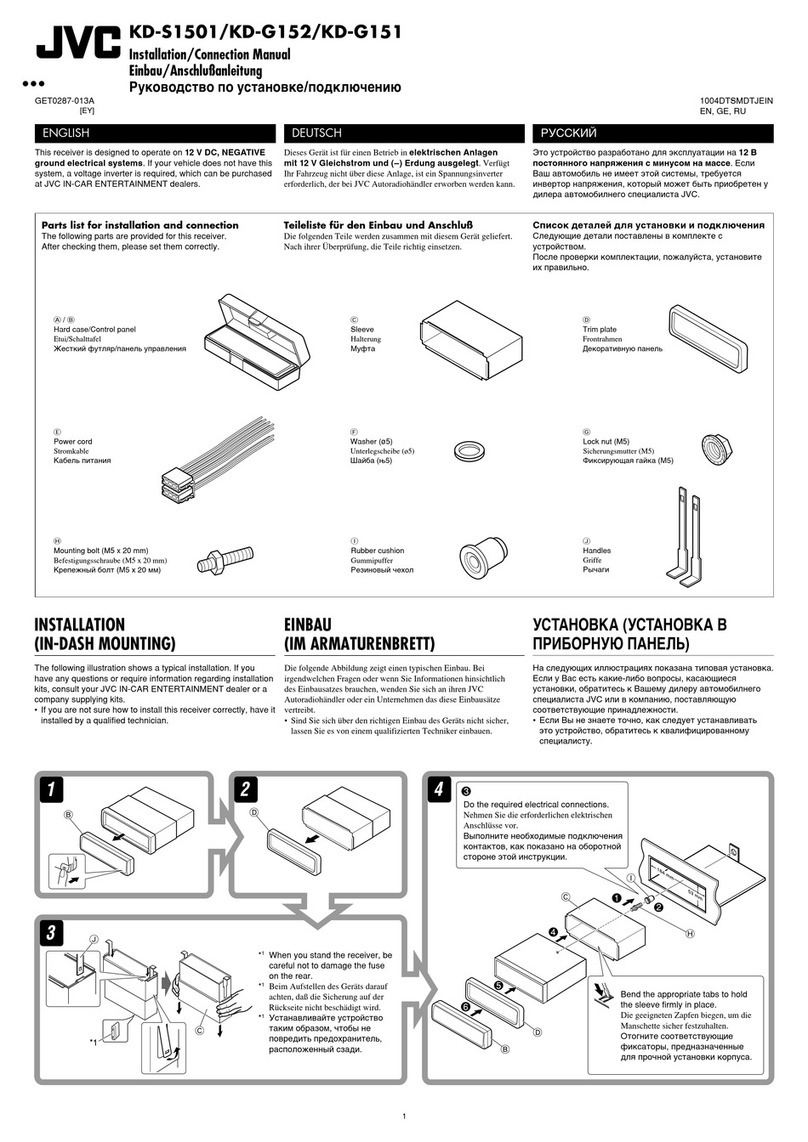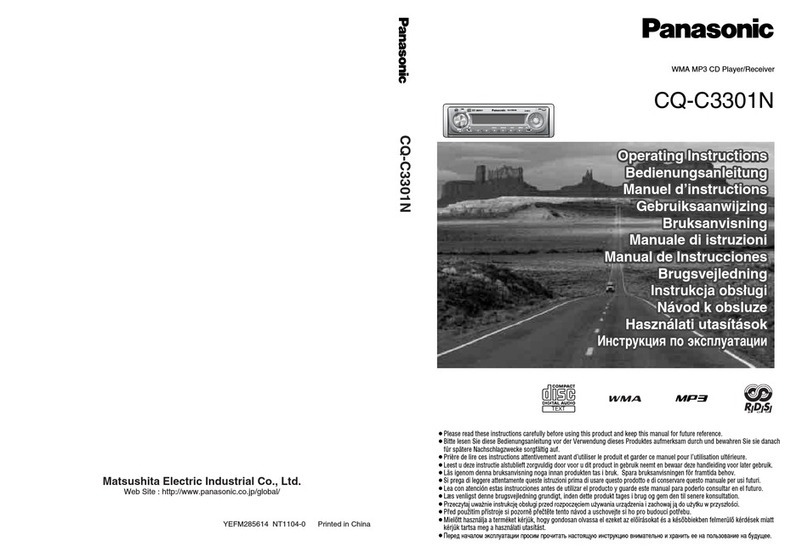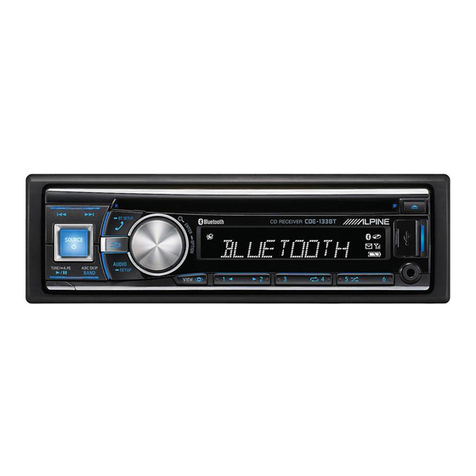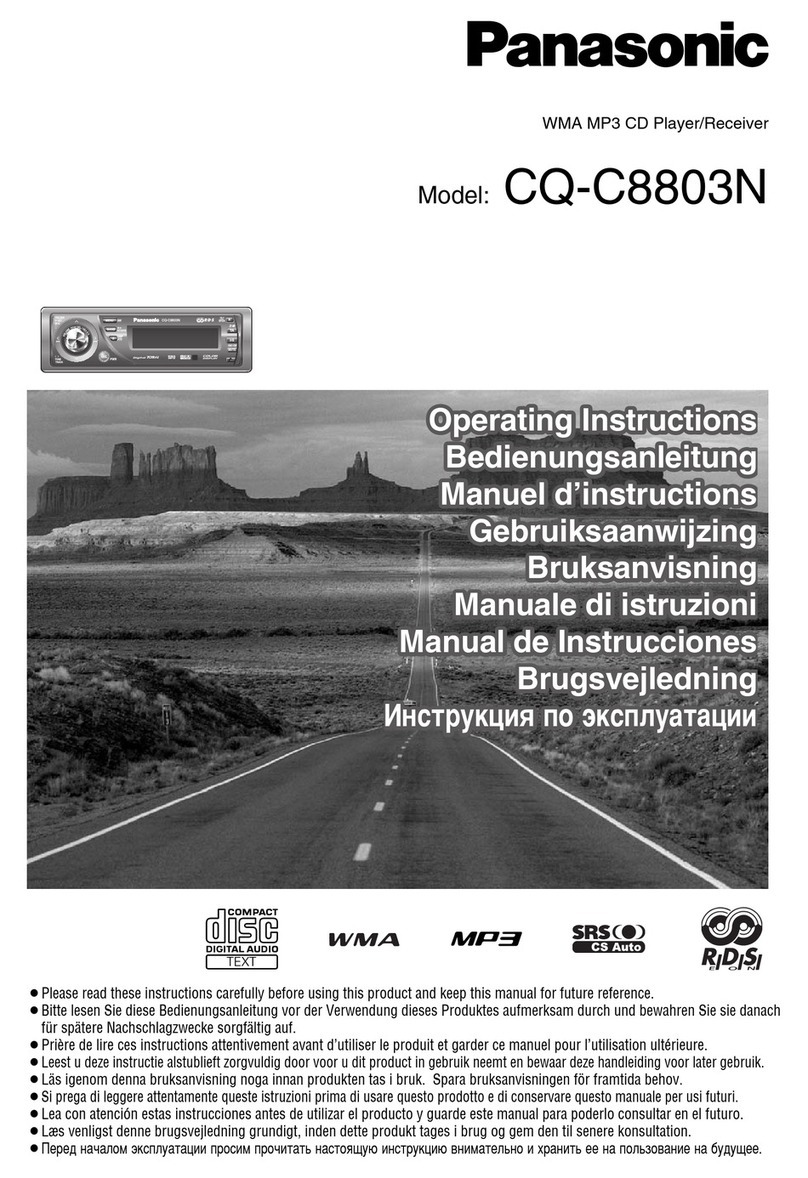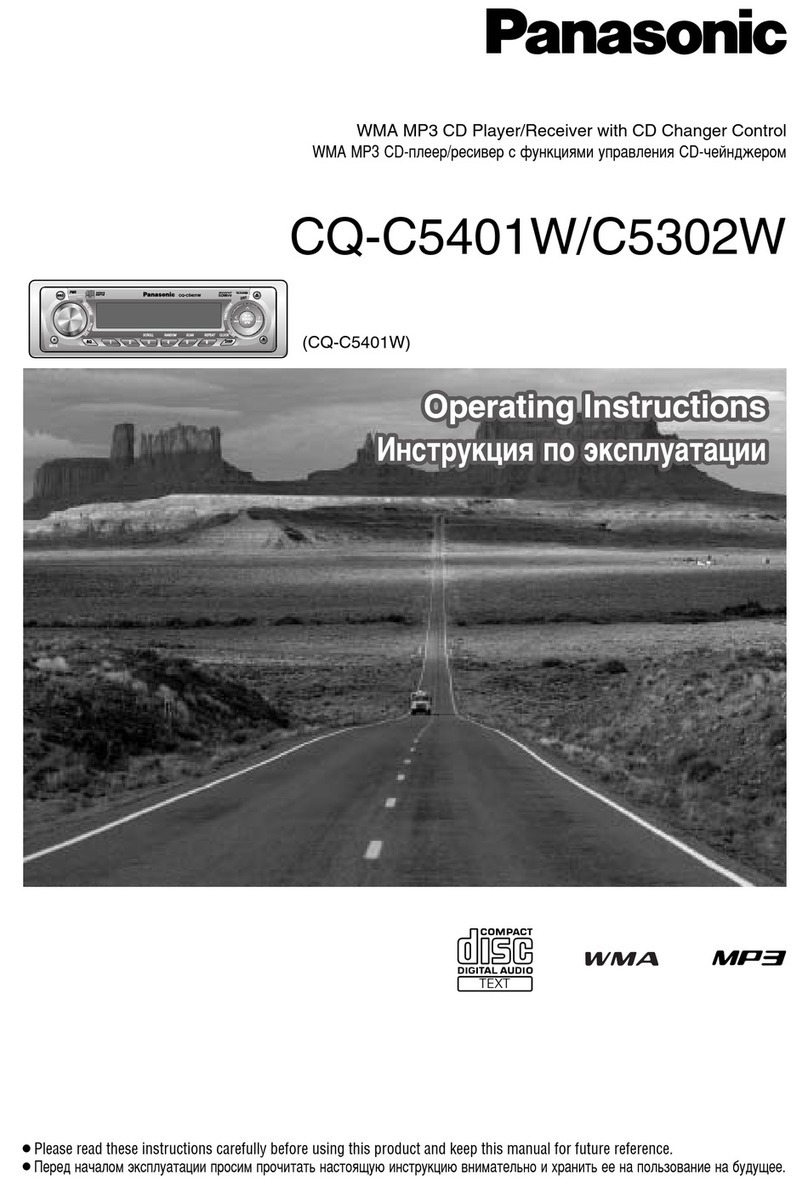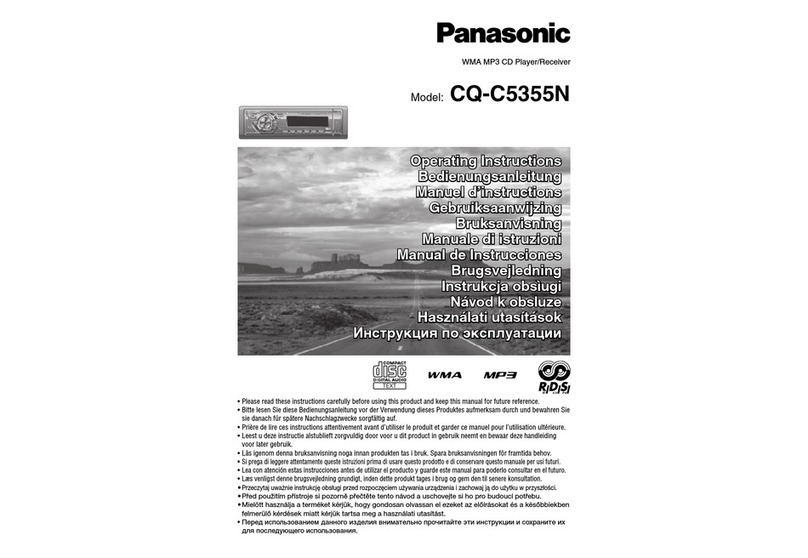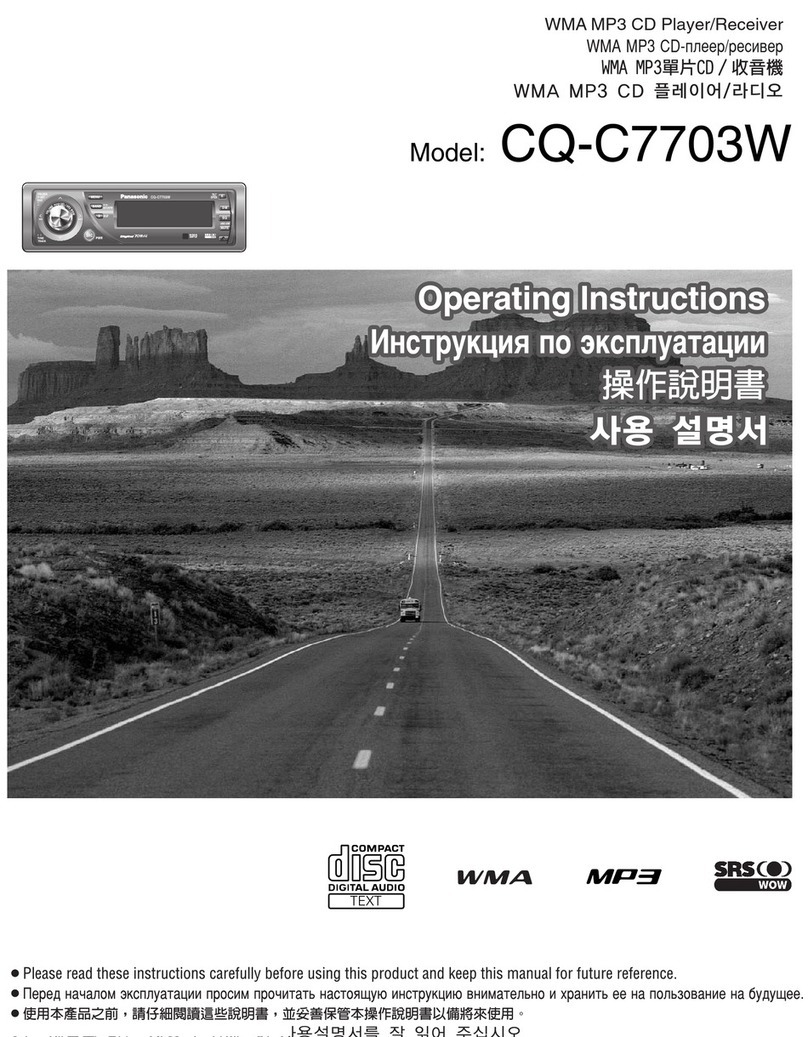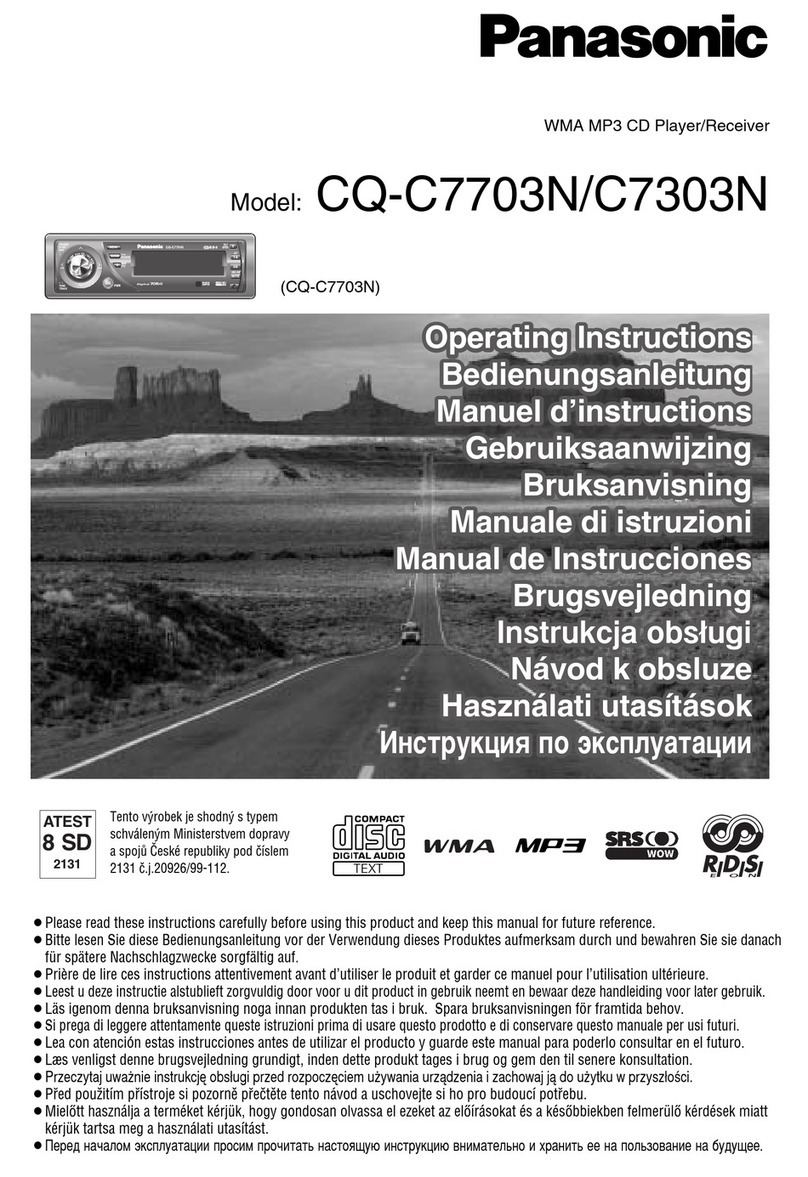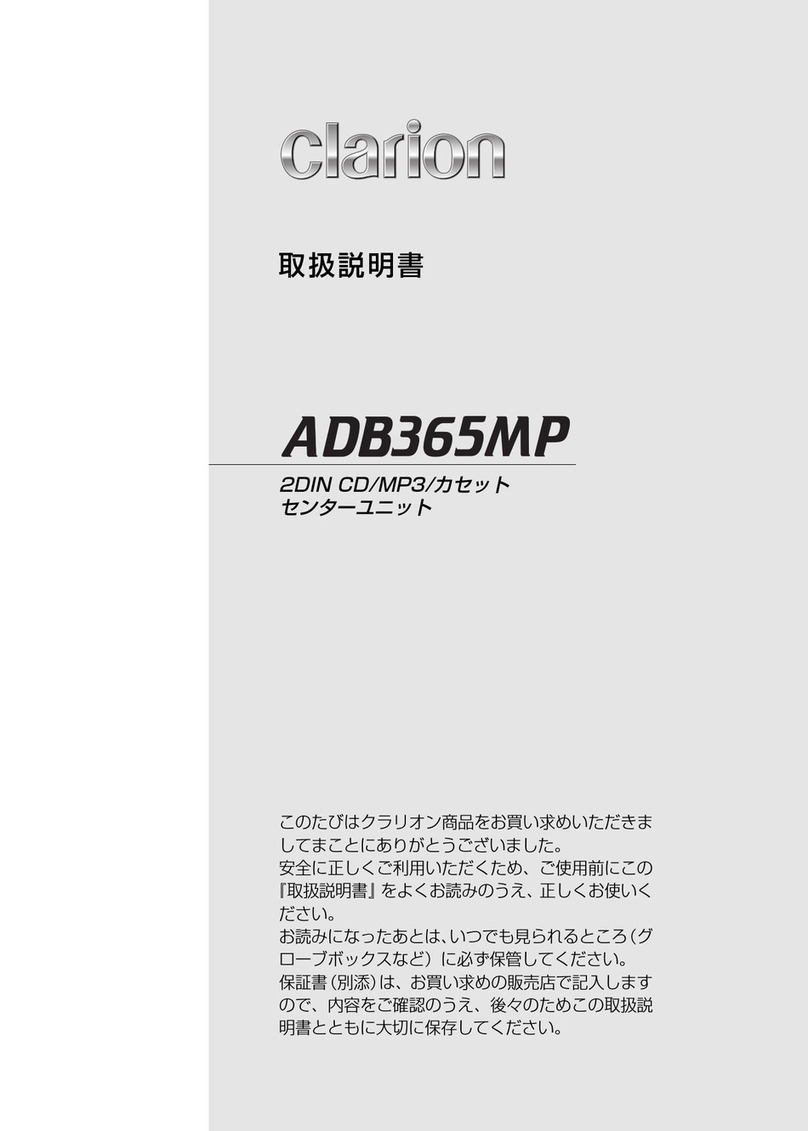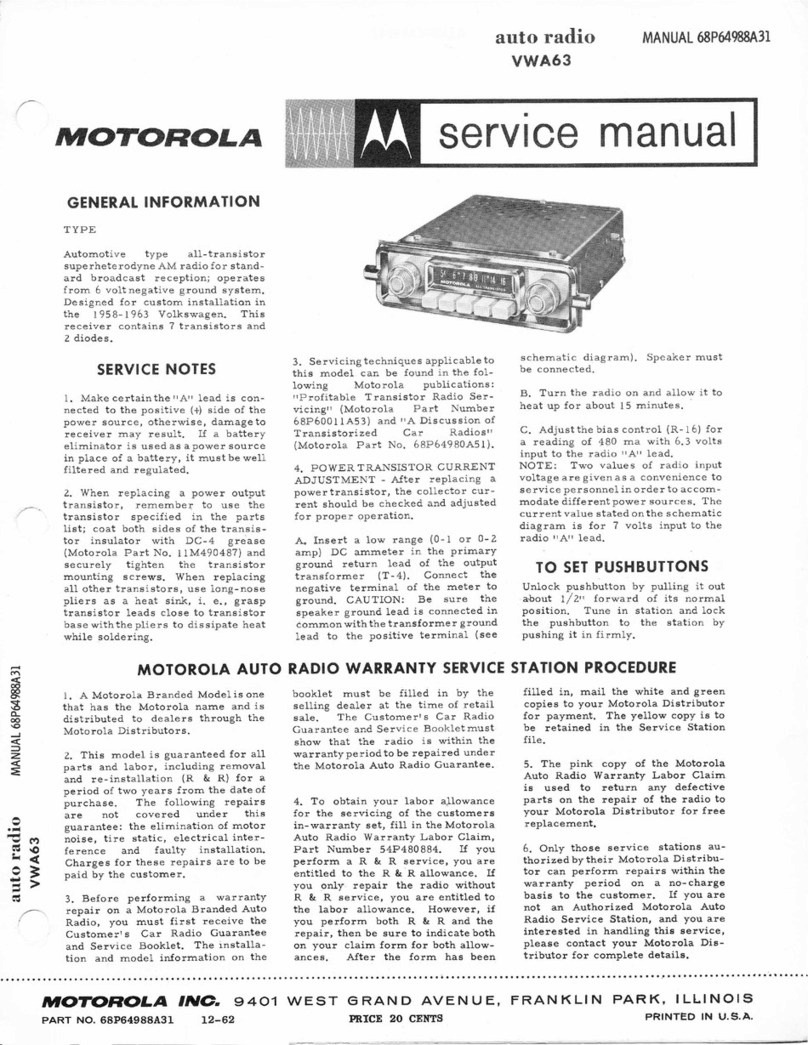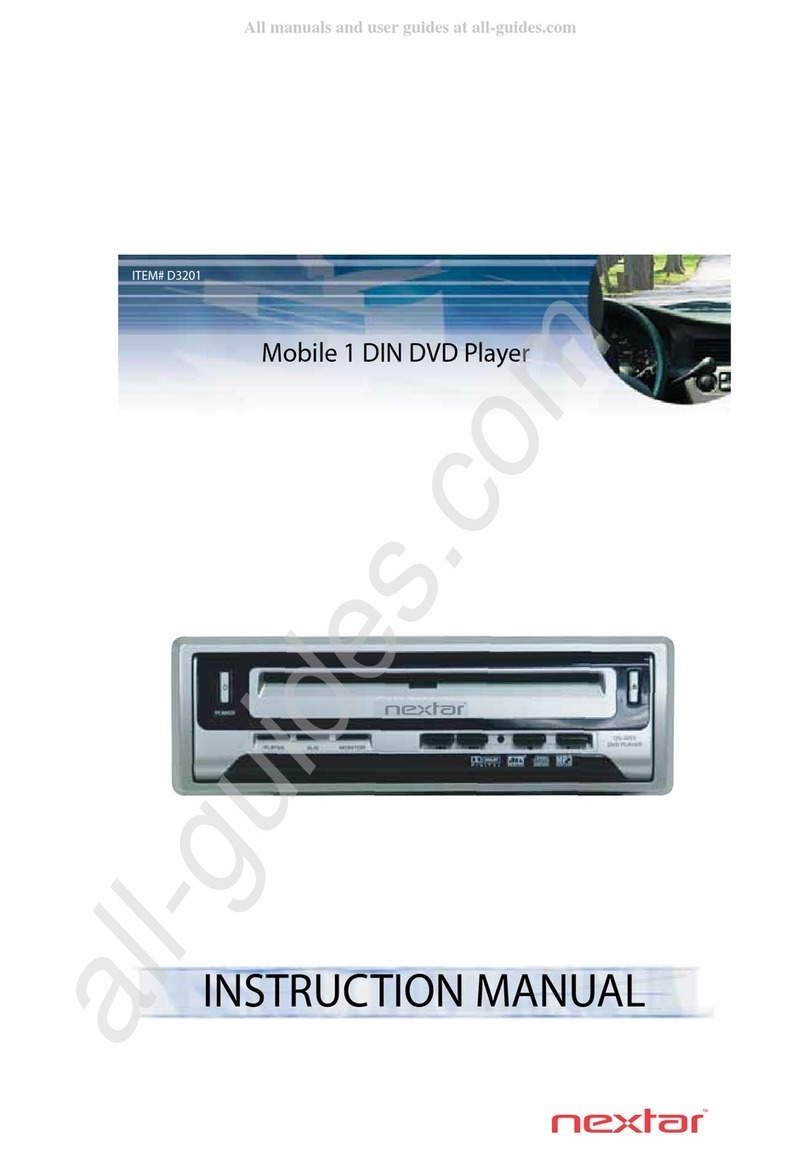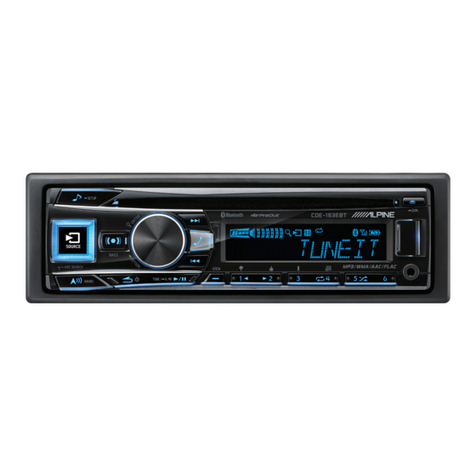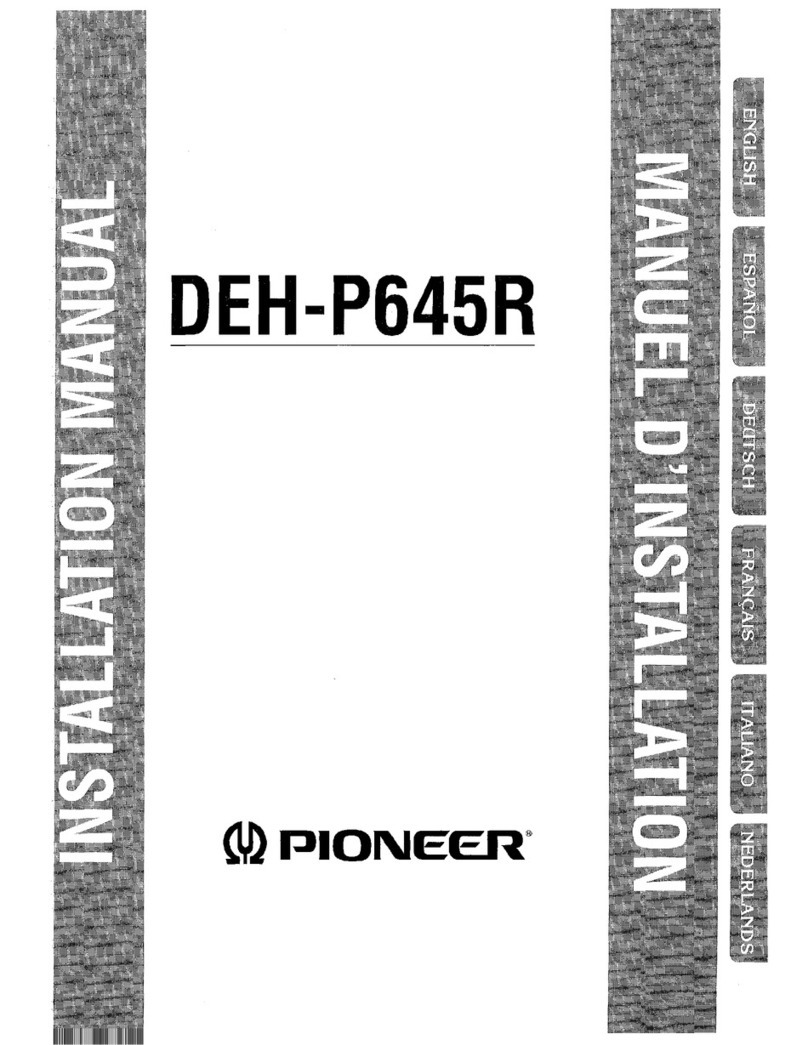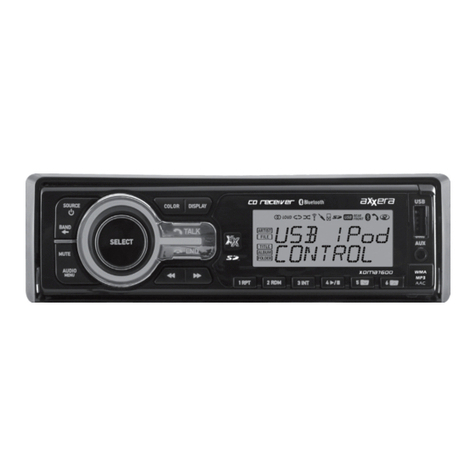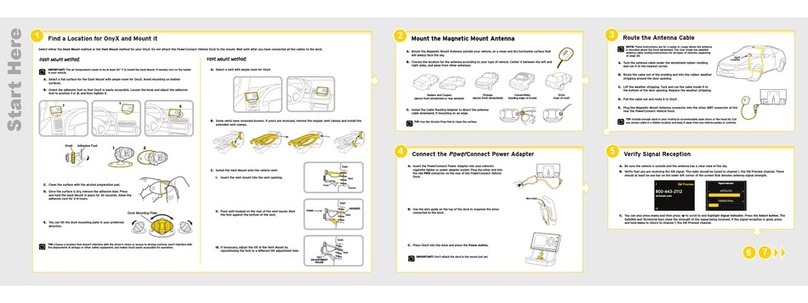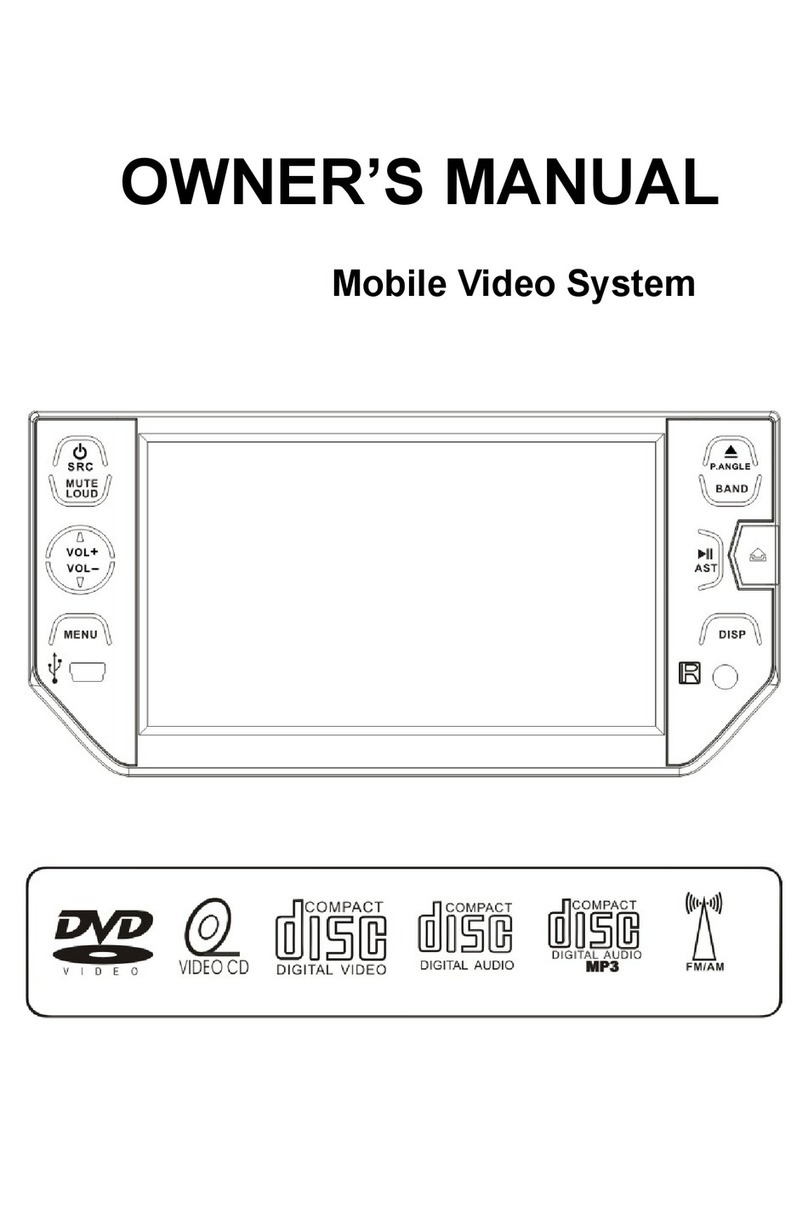
1-2 (No.MA248)
SPECIFICATION
KD-DV4200
AUDIO AMPLIFIER SECTION
Power Output 17 W RMS ×4 Channels at 4 Ωand 1% THD+N
Signal to Noise Ratio 80 dBA (reference: 1 W into 4 Ω)
Load Impedance 4 Ω(4 Ωto 8 Ωallowance)
Tone Control Range Bass ±10 dB at 100Hz
Treble ±10 dB at 10kHz
Audio Output Level Digital (DIGITAL OUT: Optical) Signal wave length : 660 nm
Output level : -21 dBm to -15 dBm
Line-Out Level/Impedance 2.0 V/20 kΩload (full scale)
Output Impedance 1 kΩ
Color System NTSC
Video Output (composite) 1 Vp-p/75 Ω
Other Terminals CD changer
TUNER SECTION
Frequency Range FM 87.5 MHz to 107.9 MHz (with channel interval set to 100 kHz or 200 kHz)
87.5 MHz to 108.0 MHz (with channel interval set to 50 kHz)
AM 530 kHz to 1 710 kHz (with channel interval set to 10 kHz)
531 kHz to 1 602 kHz (with channel interval set to 9 kHz)
FM Tuner Usable Sensitivity 11.3 dBf (1.0 µV/75 Ω)
50 dB Quieting Sensitivity 16.3 dBf (1.8 µV/75 Ω)
Alternate Channel Selectivity (400 kHz) 65 dB
Frequency Response 40 Hz to 15 000 Hz
Stereo Separation 35 dB
AM Tuner Sensitivity 20 µV
Selectivity 35 dB
DVD/CD PLAYER SECTION
Signal Detection System Non-contact optical pickup (semiconductor laser)
Number of Channels 2 channels (stereo)
Frequency Response DVD, fs=48 kHz 16 Hz to 22 000 Hz
DVD, fs=96 kHz 16 Hz to 44 000 Hz
VCD, CD, MP3, WMA 16 Hz to 20 000 Hz
Dynamic Range 96 dB
Signal-to-Noise Ratio 98 dB
Wow and Flutter Less than measurable limit
MP3 (MPEG Audio Layer 3) Bit Rate 32 kbps - 320 kbps
Sampling frequency MPEG-1 : 48 kHz, 44.1 kHz, 32 kHz
MPEG-2 : 24 kHz, 22.05 kHz, 16 kHz
WMA (Windows Media® Audio) Bit Rate 32 kbps -192 kbps
Sampling frequency 48 kHz, 44.1 kHz, 32 kHz
GENERAL
Power Requirement Operating Voltage DC 14.4 V (11 V to 16 V allowance)
Grounding System Negative ground
Allowable Operating Temperature 0°C to +40°C (32°F to 104°F)
Dimensions (W ×H ×D) Installation Size (approx.) 182 mm ×52 mm ×158 mm
(7-3/16" ×2-1/16" ×6-1/4")
Panel Size (approx.) 188 mm ×58 mm ×11 mm
(7-7/16" ×2-5/16" ×7/16")
Mass (approx.) 1.7 kg (3.7 lbs) (excluding accessories)
